For many of us, coffee is the lift that eases the load of our working day. Yet the sharpened mental focus it offers is rarely directed towards its origins. Coffee’s birthplace is Ethiopia and its beans remain high on caffeine aficionados’ hit lists. They produce smooth brews that carry an extraordinary range of tastes — variously, chocolate, wine, floral, spice and fruit. They have an extraordinary history too.
Jeff Koehler travelled extensively in Ethiopia and other coffee producing countries to research Where the Wild Coffee Grows. The arabica species of coffee tree, which yields the finest coffee, first appeared in Ethiopia’s south-western mountain rainforests. Brilliant red coffee cherries are still gathered by hand there from spindly trees scattered through the dank forests.
Most likely the cherries were first eaten, before the secret of roasting and crushing their beans was discovered. The rainforests were once part of the long lost kingdom of Kafa, where coffee drinking became prominent in local culture. And what a culture it was. Koehler’s account of Kafa’s history is a yarn to rival anything from H. Rider Haggard. For 400 years, right up to the late 19th century, Kafa’s rulers were revered as gods. The king never ate or drank with his own hands and, as an additional safeguard for his health, a young boy was selected annually for sacrifice. When the king passed by, his subjects prostrated themselves in fealty, while the lowest caste, the Manjo, ate the soil where they lay. Whether such practices assisted the kingdom’s legendary prowess in trade is unclear — there are limited pointers here for Brexit strategies — but there is no denying that Kafa grew rich off the back of slaving
and coffee.
The kingdom all but vanished after being bloodily annexed by Ethiopia in 1897, but by this time neighbouring countries had acquired the coffee habit and its cultivation had spread widely. If nowadays Ethiopian coffee is rivalled for quality by beans from other counties it remains unique, as Koehler emphasises, in one crucial respect. No other location has the treasure trove of genetic diversity that thrives in the rainforests. This is what lies behind the coffee’s wide spectrum of tastes, as well as the trees’ ability to evolve exciting new coffee strains.
Equally importantly, they can develop protection against disease, which often comes in the form of coffee rust — a fungus that menaces plantations around the world. By contrast, the artificial breeding of new plants can provide only temporary fixes against infections. Unfortunately, and in a wearyingly predictable scenario, the rain-forests are now threatened by deforestation and climate change. Let us hope they can be saved. In the meantime, Koehler’s exhaustive, not to say granular, detail sometimes comes at the expense of style; but in the main, his history is as stimulating as the superior caffeine he describes.
By contrast Brian Williams’s The Philosophy of Coffee is an espresso of a book: a short, potted, illustrated history with a strong British perspective. Coffee has experienced repeated ups and downs here. The first coffee house opened in London in 1652 and was soon followed by many others. They became meeting places for commerce and gossip, but the quality of their coffee was often poor. Williams cites tasting notes from the era which compare some of it — with refreshing frankness — to ‘oil, ink, soot, mud, damp and shit’. This first coffee craze was short-lived; the coffee houses mostly disappeared by the mid-18th century, after the arrival of that other staple of empire, tea.
Conversely, it was boycotts of tea that assisted the rise of coffee in the United States. Williams takes us through this and much else, with highlights that include the invention of the espresso machine and London’s espresso bar boom of the 1950s and 1960s. He comes right up to the present with the hipster fad for cafés selling specialist single-bean brews. In contrast to the dark roasts of the US-led chains that dominate our high streets, the hipsters heat their beans gently to extract more subtle flavours. What are these golden beans if not an augury? Perhaps we are arriving, finally, in coffee’s golden age.
Got something to add? Join the discussion and comment below.
Get 10 issues for just $10
Subscribe to The Spectator Australia today for the next 10 magazine issues, plus full online access, for just $10.
You might disagree with half of it, but you’ll enjoy reading all of it. Try your first month for free, then just $2 a week for the remainder of your first year.

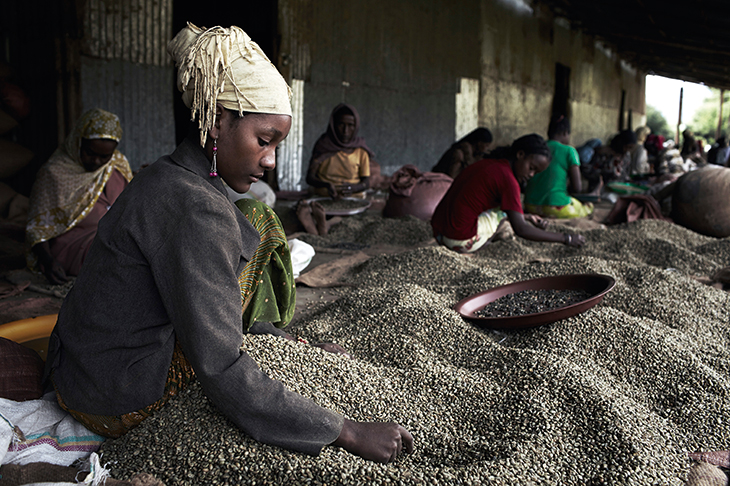
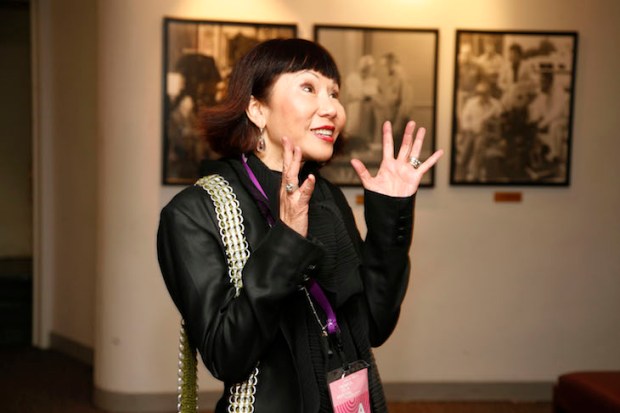
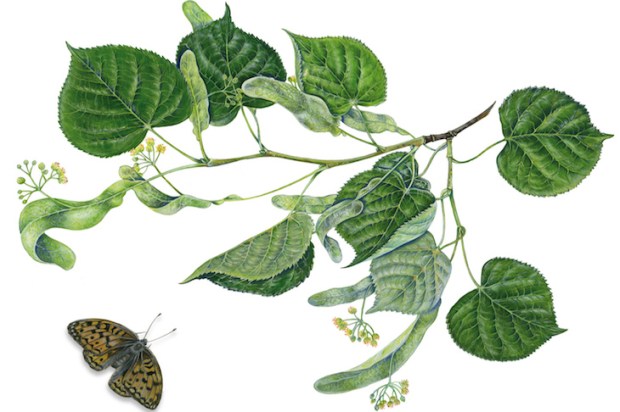
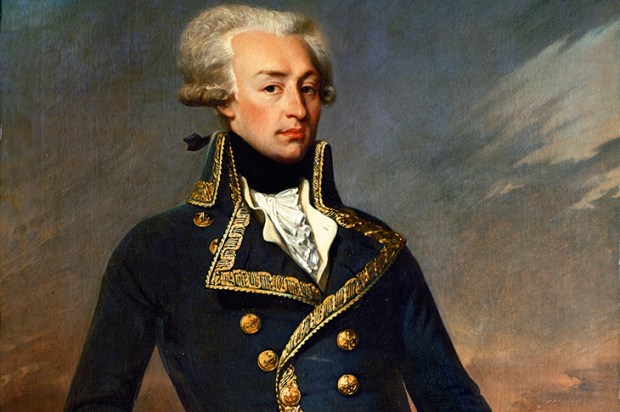

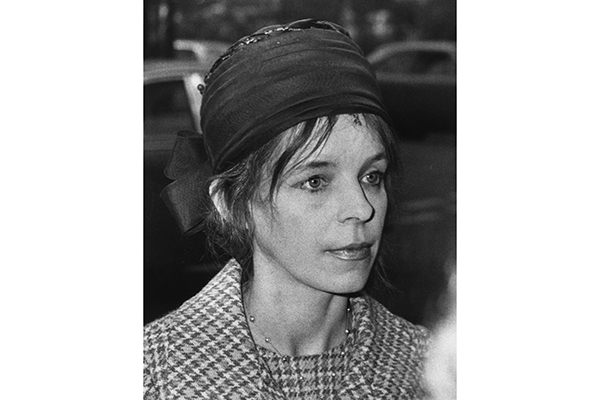
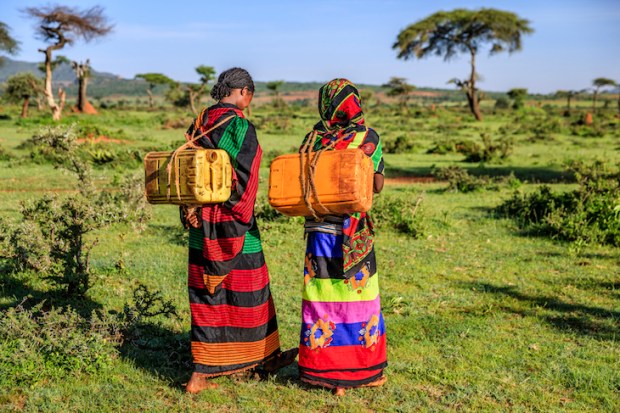






Comments
Don't miss out
Join the conversation with other Spectator Australia readers. Subscribe to leave a comment.
SUBSCRIBEAlready a subscriber? Log in